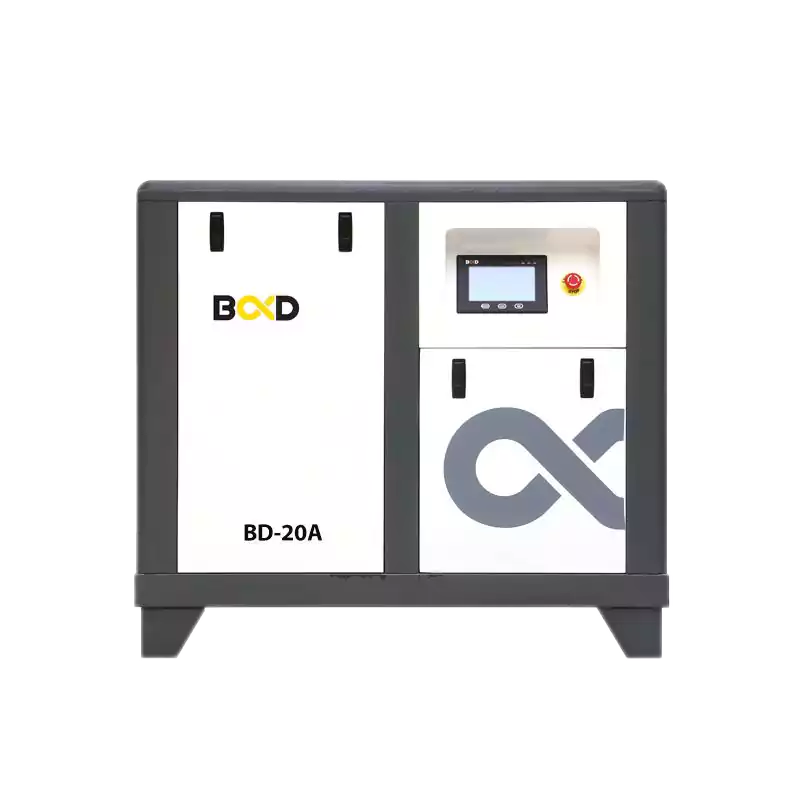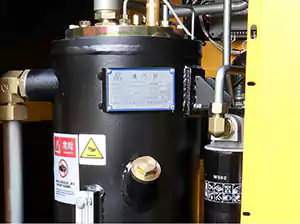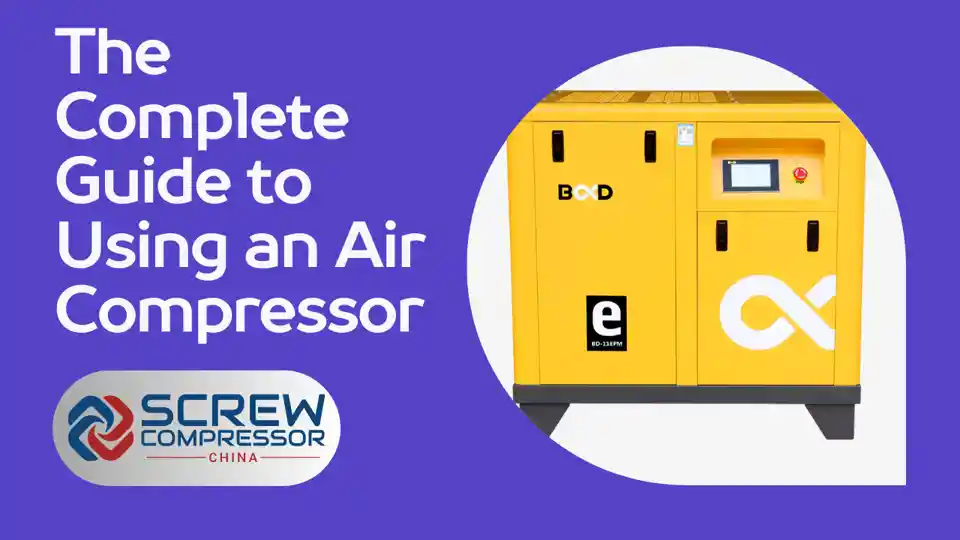Air compressors are powerful tools that enhance productivity across various industries by providing compressed air for a wide range of applications. Whether you are a beginner or experienced user, understanding how to effectively use an air compressor is crucial for maximizing efficiency and ensuring safety.
Understanding Air Compressors
What is an Air Compressor?
An air compressor is a device that converts power into potential energy stored as compressed air. It does this by pulling in ambient air and compressing it within a storage tank. Air compressors come in various sizes and types, each designed for specific applications and industries.

Air compressors are used in a wide array of settings, from small workshops to large industrial facilities. They power pneumatic tools, operate machinery, and provide compressed air for various processes. Understanding the basics of how an air compressor works is essential for selecting the right type for your needs and using it safely and efficiently.
Types of Air Compressors
Depending on your needs, there are several types of air compressors to consider:
- Portable Air Compressor: Compact and easy to move, ideal for small jobs and home use.
- Electric Air Compressor: Known for quieter operation and less maintenance, perfect for indoor environments.
- Industrial Air Compressor: Offers higher power output for large-scale industrial tasks.
- Gas-Powered Air Compressor: Best suited for outdoor projects where electricity is not readily available.
For a deeper dive into choosing the right type of air compressor, consider reading How to Use an Air Compressor which provides valuable insights.
How to Set Up Your Air Compressor
Initial Setup
- Positioning: Ensure the compressor is on a flat, stable surface. Stability is crucial for operation and safety.
- Power Connection: Depending on the type of compressor, it may need to be plugged into an appropriate power source or connected to a fuel supply.
Preparing for Use
- Attaching the Air Hose: Securely connect the air hose to the compressor’s outlet.This step-by-step guide offers detailed instructions on hose attachment and more.
- Tool Connection: Attach the required tool (e.g., nail gun, spray painter) to the hose and ensure all connections are tight to avoid leaks.
Adjusting Settings
- Regulator Valve Adjustment: Modify the regulator to achieve the desired pressure, ensuring it matches the tool’s requirements.
- Pressure Gauge Monitoring: Regularly check the pressure gauge to maintain optimal pressure settings. For specific tips on adjusting pressure, review How to Use a 5 Gallon Electric Air Compressor.
Maintaining Your Air Compressor
Routine Checks
- Oil Level: For oil-lubricated models, check the oil level regularly to ensure smooth operation.
- Drain Valve Inspection: Inspect and operate the drain valve to prevent moisture accumulation, which can cause tank corrosion.
Safety Measures
- Wear Safety Gear: Always use safety goggles and ear protection when operating the compressor.
- Secure Area: Keep the area around the compressor clean and free of any obstacles that could pose safety risks.
For more detailed maintenance tips, How To Use An Air Compressor – 8 Steps offers comprehensive advice on keeping your rotary screw air compressor in top condition.
Frequently Asked Questions
How often should I check the oil in my air compressor?
Check the oil level before each use to ensure it is at the recommended level, which helps prevent mechanical wear and overheating. Depending on usage frequency, you may need to change the oil every few months or as specified in the manufacturer’s manual.

Regularly monitoring and maintaining the proper oil level is crucial for the longevity and performance of your air compressor. Consult your owner’s manual for the recommended oil type and change intervals specific to your model.
Can I use an extension cord with my electric air compressor?
Yes, but ensure the cord is of adequate gauge and length as specified in the compressor’s manual to prevent voltage drop and motor damage. Using an undersized or excessively long extension cord can lead to poor performance, overheating, and potential safety hazards.
What should I do if my air compressor vibrates excessively?
Ensure it is positioned on a flat, stable surface. Check for loose components and consult the manufacturer’s guide for further troubleshooting. Excessive vibration can indicate issues such as worn-out mounts, loose bolts, or an unbalanced flywheel. Address these problems promptly to prevent further damage and ensure safe operation.
Conclusion
Understanding how to properly use and maintain an air compressor can greatly enhance its efficiency and longevity. Whether you’re inflating tires, powering pneumatic tools, or applying spray finishes, the right knowledge can help you achieve professional results safely and effectively.
Learn more about using air compressors for beginners to get started on the right foot.
Discover the essential tips for air compressor usage and maintenance to keep your oil-free screw compressor in optimal condition.

Meta Description: Explore our comprehensive guide on how to use an air compressor effectively. Learn about different types of compressors, setup tips, and maintenance practices to ensure optimal performance and safety.
